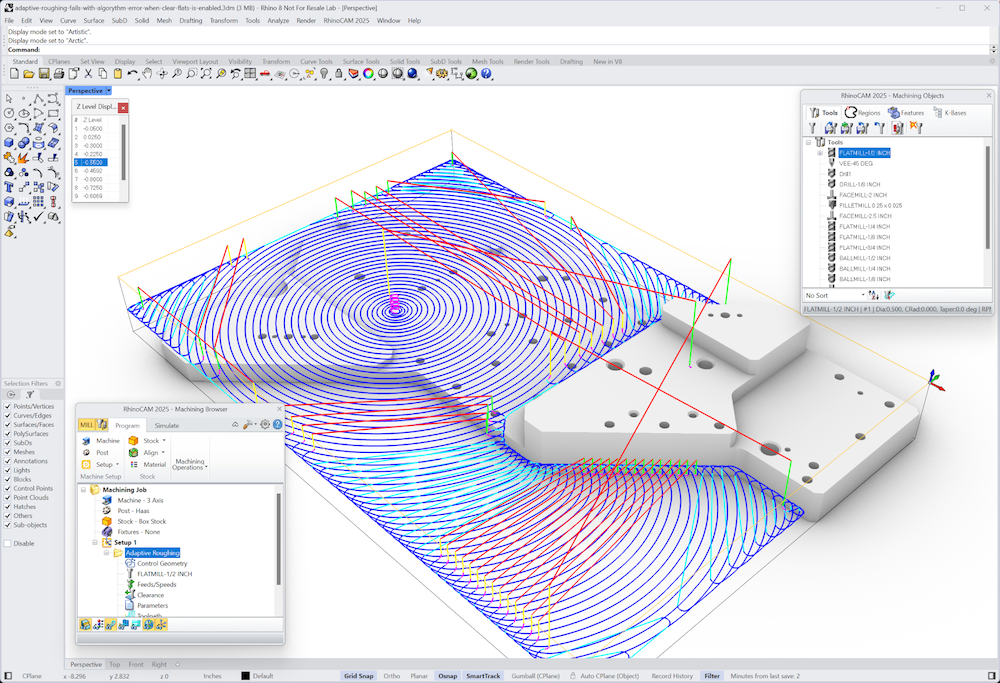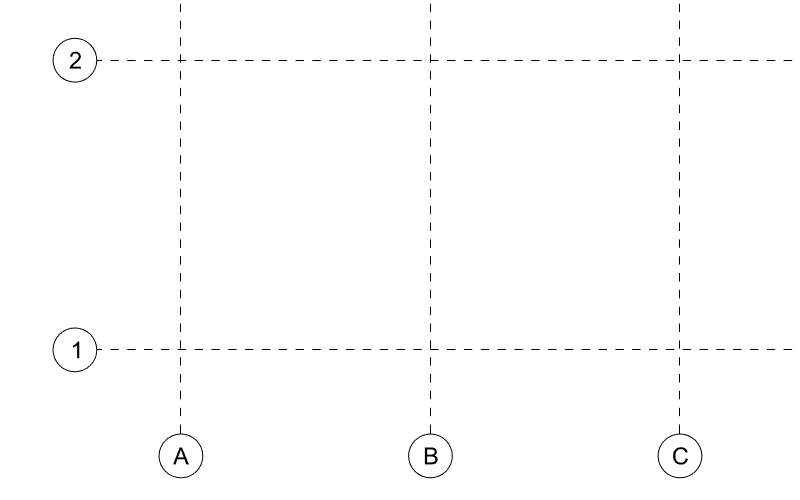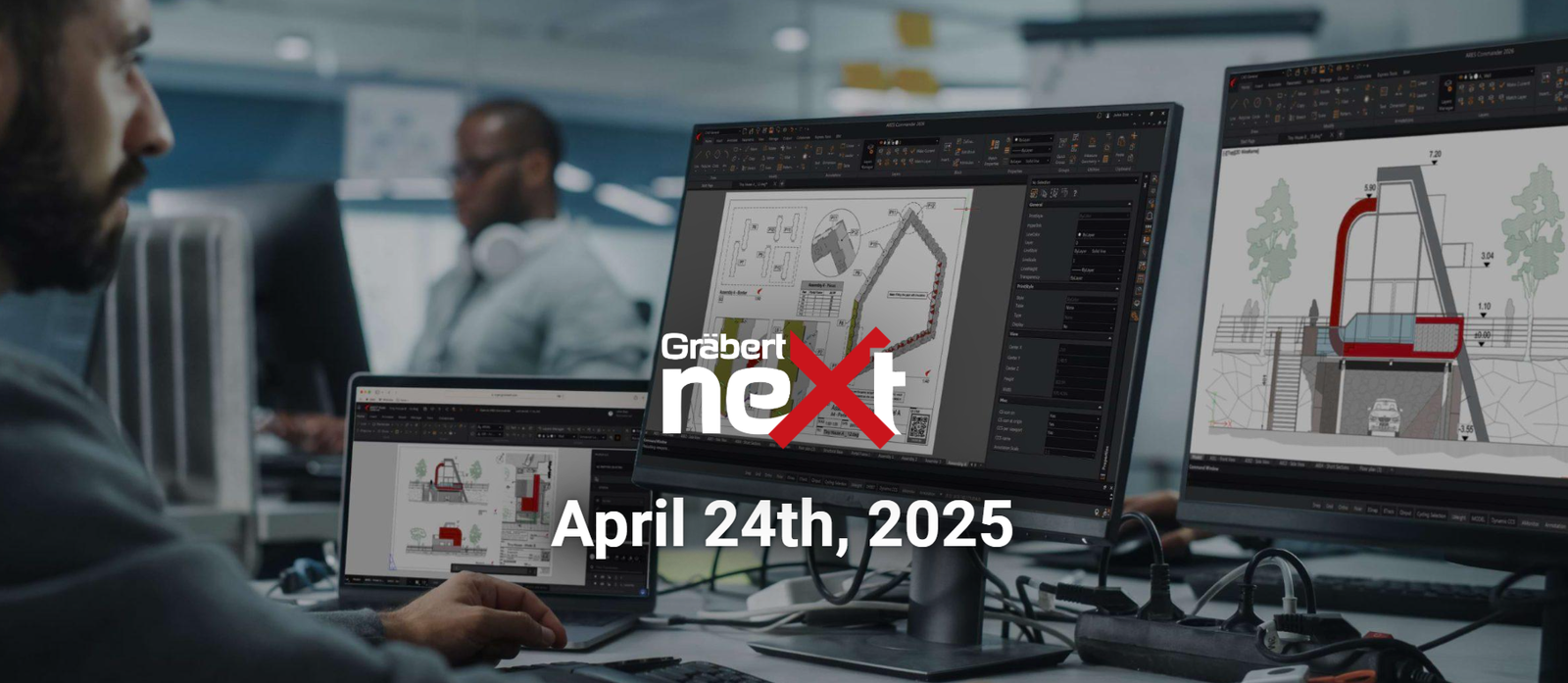Your Cart is Empty
Customer Testimonials
-
"Great customer service. The folks at Novedge were super helpful in navigating a somewhat complicated order including software upgrades and serial numbers in various stages of inactivity. They were friendly and helpful throughout the process.."
Ruben Ruckmark
"Quick & very helpful. We have been using Novedge for years and are very happy with their quick service when we need to make a purchase and excellent support resolving any issues."
Will Woodson
"Scott is the best. He reminds me about subscriptions dates, guides me in the correct direction for updates. He always responds promptly to me. He is literally the reason I continue to work with Novedge and will do so in the future."
Edward Mchugh
"Calvin Lok is “the man”. After my purchase of Sketchup 2021, he called me and provided step-by-step instructions to ease me through difficulties I was having with the setup of my new software."
Mike Borzage
An Interview with George Cawood, Framework Studio Owner
November 26, 2007 3 min read

George Cawood is the founder and owner of Framework Studio, a design and production company located in Culver City, CA. George's company produces trailers, main title sequences, and visual effects for a variety of feature films, television shows, music videos, and commercials. FrameWork Studio is an advanced user of Maxon Cinema 4D and therefore the best candidate to get first hand, professional feedback on this powerful modeling, animation, and rendering software. I asked George a few questions regarding his professional activities in the movie world and about his company experience as a C4D user. Here is the interview.
George, can you tell us a bit about yourself and your professional activities?
I now operate my own graphic design, visual effects, and production company
I grew up in Northern California and studied film at UCSD. For the past decade or so, I’ve worked primarily in film advertising under the various titles of editor, producer, writer, and art director on campaigns ranging from Jerry Maguire to Ironman. In 2004, I directed a feature titled Homecoming, which found a home on PBS. I now operate my own graphic design, visual effects, and production company, Framework Studio. We produce trailers, main title sequences, and visual effects for a variety of feature films, television shows, music videos, and commercials. You can check us out at www.frameworkla.com.
Many people coming from the design area are surprised to learn that in the DCC area it is common to use several competitive software packages. Can you explain why that is?
our projects usually need several different types of software
Every software vendor has an area they want to focus their product on, tailoring it for specific strengths and technologies. Our projects usually need several different types of software, depending on our creative goals, the problems we might face during the design process, plus wanting the best end result while meeting deadline and budget.
Your studio is an advanced user of Cinema 4D. Can you tell us on which specific tasks does Cinema 4D excel, and what is your feedback as a user?
designers generally consider C4D to have an easy learning curve
We use Cinema 4D mainly for typography design, broadcast design production and trailer graphics. The animation timeline, MoGraph module, and speedy rendering make it the default tool for our daily 3D needs. Our designers generally consider Cinema 4D to have an easy learning curve, similar to After Effects. Plus, integrating Cinema 4D into Maya and After Effects pipelines is easy. Also, the freelance pool has more and more designers listing C4D as their tool of choice for 3D, which makes it easy to find talented people when the deadline approaches.
What is your creative/artistic company contribution from the specifications you receive from the movie product to the release of the final product?
From concept to completion, we do it all!
From concept to completion, we do it all! We usually meet with our clients first, and then start the creative process with style frames and storyboards. We build our internal creative and design team, while working with our clients on approvals and deadlines until everyone is happy. Some projects take a few days, others a few months.
Can you give me a rough idea of the amount of computational and human resources work that goes into an average title sequence?
It depends on the project, but we brainstorm using anything from paper drawings, the internet, books or trade journals for reference materials, while keeping in mind our client’s guidelines. Whether it’s 3D, film rendering, animation or broadcast design, each job is handled a little different.
How do you draw the line between creativity and technique in your professional activities?
Budget and time is always a factor, but we know and work well with our clients and always try to have a creative, but efficient strategy for each project.
What kind of interaction do you have with the Cinema 4D community?
Little to none, except when troubleshooting or scouting for freelancers. It’s great to see what others are creating, but there hasn’t been much downtime lately.
How do you train people on a specific software platform? Do you use online training, training CDs and DVDs, or training classes?
All of the above. We try to use a variety of training techniques and each designer has their favorites. Most use Cineversity & Lynda.com.
I would like to thank George Cawood for taking the time to answer my questions. A special thanks to Fawn Shoemaker and Cristina Rodriguez for helping me to organize this interview. If you have any questions for George or for Novedge, please leave a comment below and we will be glad to answer.
Franco Folini
Also in NOVEDGE Blog

MecSoft Unveils RhinoCAM 2025 and VisualCAD/CAM 2025 with Enhanced Features
March 08, 2025 5 min read
Read More
Maximize Your Architectural Workflow with VisualARQ 3's New Guides Feature
January 30, 2025 5 min read
Read MoreSubscribe
Sign up to get the latest on sales, new releases and more …



